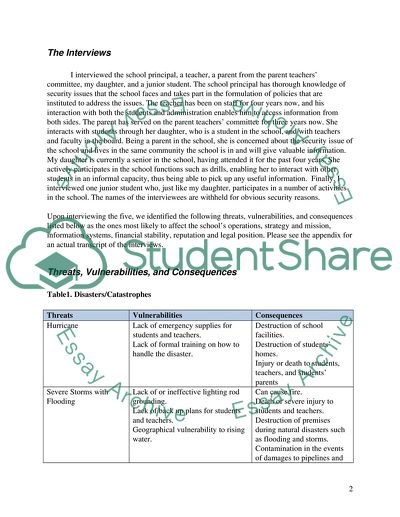Cite this document
(Threats, Vulnerabilities, and Consequences in School Case Study, n.d.)
Threats, Vulnerabilities, and Consequences in School Case Study. Retrieved from https://studentshare.org/education/1777135-hs630-ia-edits
Threats, Vulnerabilities, and Consequences in School Case Study. Retrieved from https://studentshare.org/education/1777135-hs630-ia-edits
(Threats, Vulnerabilities, and Consequences in School Case Study)
Threats, Vulnerabilities, and Consequences in School Case Study. https://studentshare.org/education/1777135-hs630-ia-edits.
Threats, Vulnerabilities, and Consequences in School Case Study. https://studentshare.org/education/1777135-hs630-ia-edits.
“Threats, Vulnerabilities, and Consequences in School Case Study”, n.d. https://studentshare.org/education/1777135-hs630-ia-edits.


